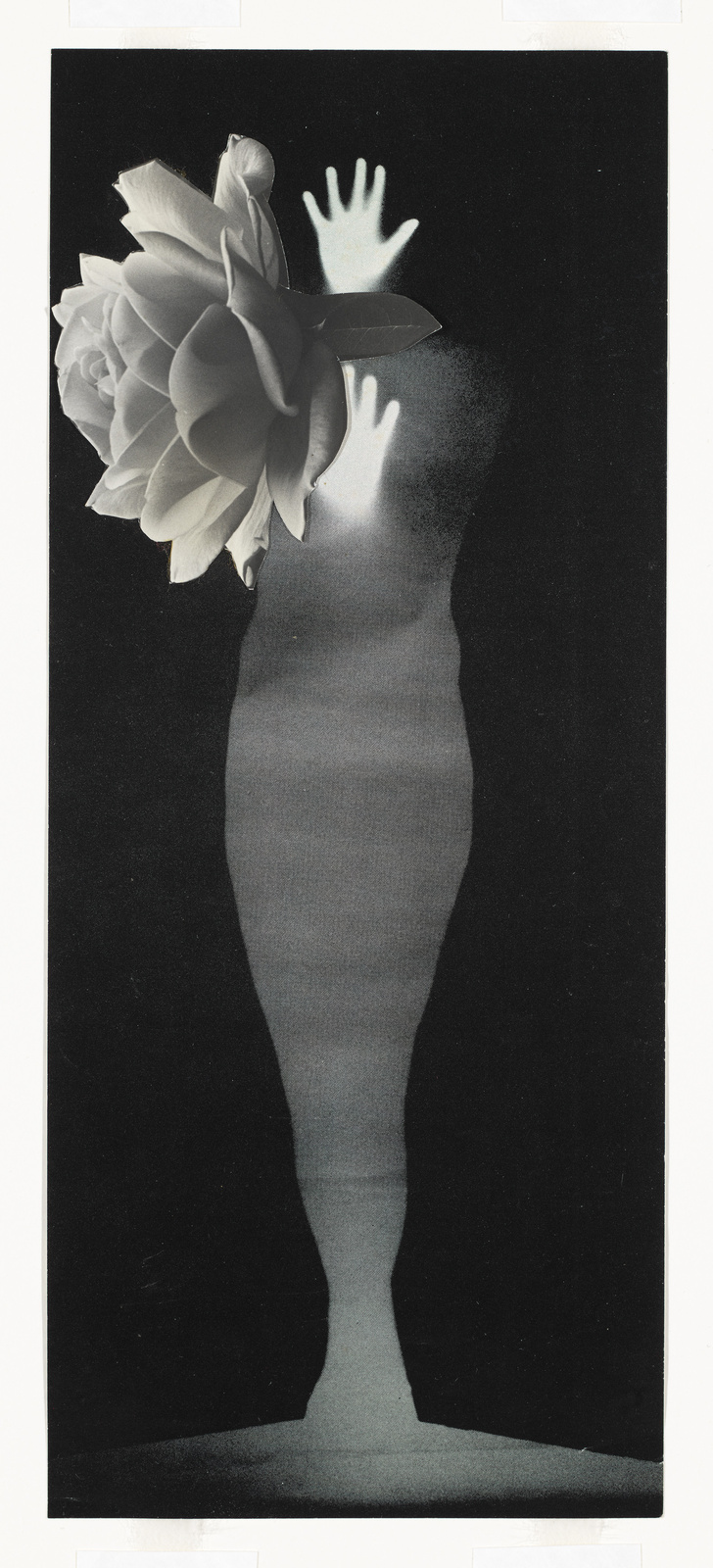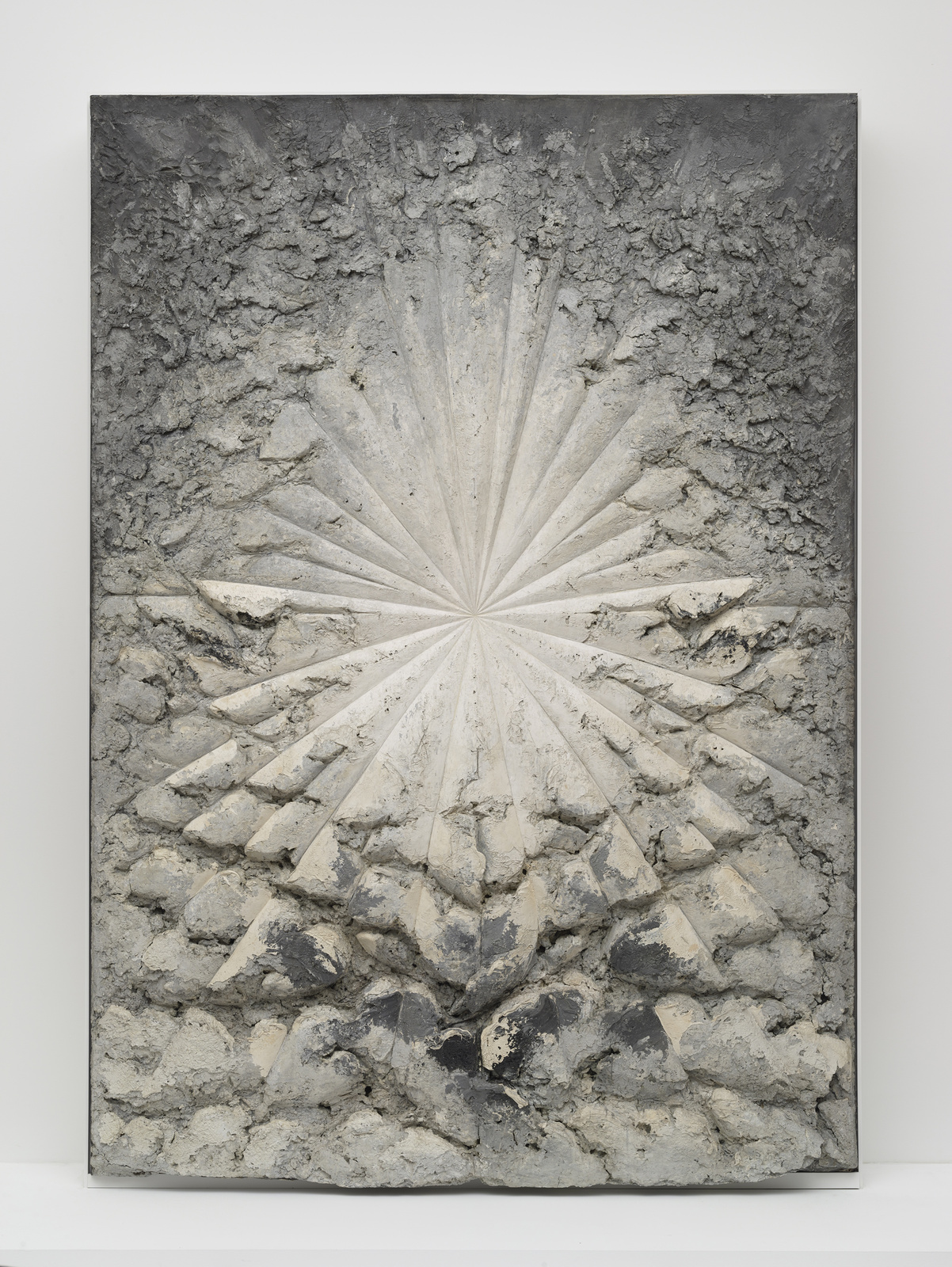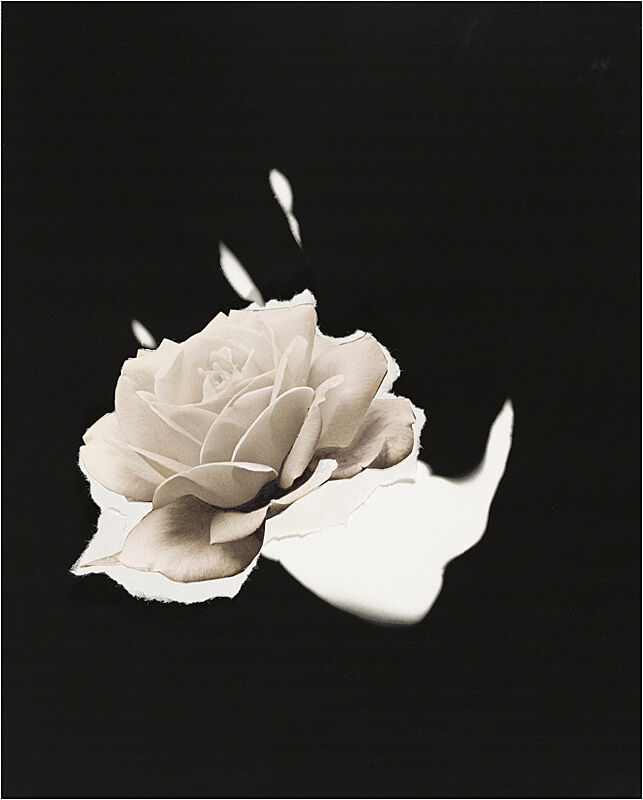Jay DeFeo, The Rose, 1958–66
Mar 7, 2013
0:00
Jay DeFeo, The Rose, 1958–66
0:00
Narrator: In 1958, DeFeo began work on two paintings simultaneously. This one, The Jewel, took her about two years to complete.
She continued working on its counterpart—a work that she initially titled Deathrose—for almost eight years.
In 1959, Dorothy Miller, a curator at the Museum of Modern Art, invited her to include the painting, which was still in progress, in the exhibition Sixteen Americans. It was a tremendous opportunity. This was the exhibition that first brought major attention to the artists Jasper Johns, Robert Rauchenberg, and Frank Stella. DeFeo had five works in the exhibition, but she wasn't willing to let the unfinished Deathrose leave her studio. Still, its photograph appeared in the exhibition catalogue.
When DeFeo began the painting—which she ultimately titled The Rose —its focal point wasn’t positioned at the center of the canvas compositionally. After she’d worked on the painting for about a year, she concluded that it needed to be both larger and centered.
It took sixteen people working all day to cut the enormous painting off of its stretcher and glue it to a bigger canvas. They then wedged the painting tightly into the bay window in DeFeo’s studio.
DeFeo built up the surface with layers of oil paint and carved it back down repeatedly, resulting in multiple different stages over the years. She described those stages in art-historical terms. The photograph on your screen now shows a flamboyantly curving composition—what DeFeo called its “baroque” phase.
Eventually, DeFeo straightened out the lines, so that the final work took on what she described as a more “classical” form.



